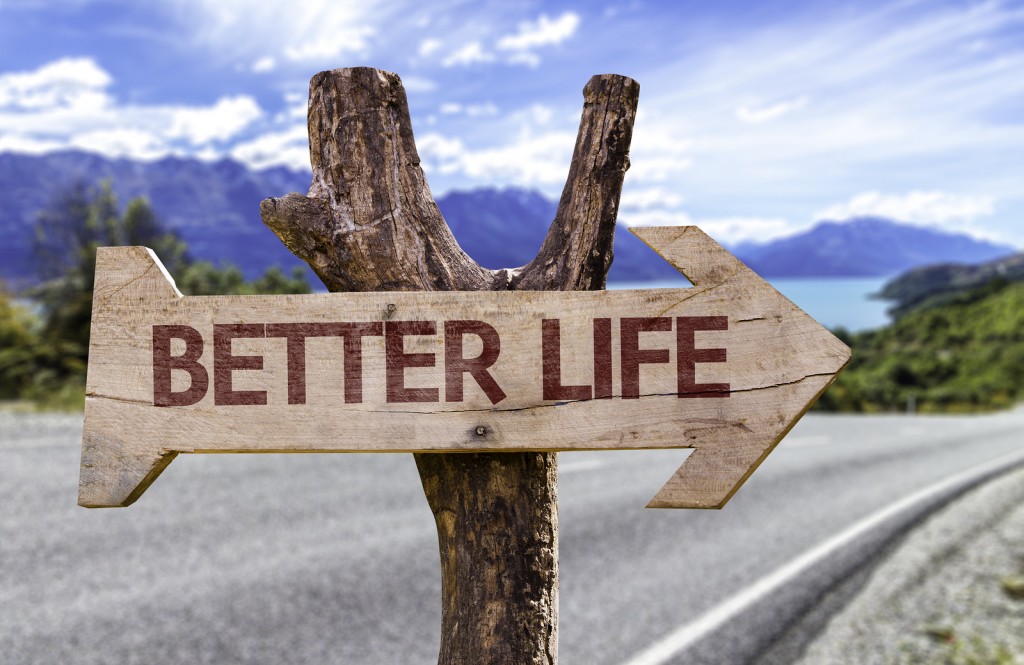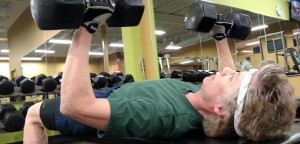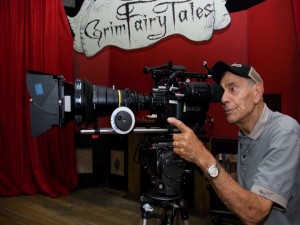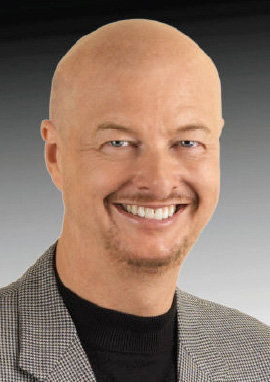 The red carpet was rolled out. The leather seats were comfy. Plenty of legroom. With snacks and beverages of our choice.
The red carpet was rolled out. The leather seats were comfy. Plenty of legroom. With snacks and beverages of our choice.
We were about to start an adventure. Glicken at its finest — and a copywriting lesson in the making.
We were in a private aircraft, courtesy of a client who was the owner of a charter airline.
My wife, my two young daughters, and I were set to take-off to see the Channel Islands off the coast of Santa Barbara, California.
Since we were leaving from a private airport northwest of Los Angeles, not only would we see the islands, but we’d watch whales in the Pacific Ocean, and catch a unique perspective of LA and the mountains along the coast.
To this day, our flight remains a fond memory of a family vacation with a bit of business on the side.
And, it was all because the owner of a charter airline, who was a new client, wanted me to experience the first-class service of his company. It was his (correct) belief that to have that experience, I would be able to write a more emotional, and successful, letter.
Glicken experiences can come from clients of any size. The value of the time in the air, fuel, maintenance, and paying the pilot had to have been considerable. The letter I was writing would be sent to businesses only, no consumers. And, the geography was limited to California. So, while the number of letters that mailed was small, the revenue the letters produced was high.
When I first started copywriting, I had no idea of the perks that could come with it. There have been several Glicken moments over the years, with each one serving as a valuable copywriting lesson.
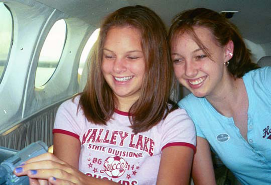 Some of those moments have included travel (at the client’s expense) to at least 15 states from coast-to-coast, with plans to visit clients in British Columbia and the UK. When I travel, I usually set aside time to go sight-seeing or enjoy some R&R.
Some of those moments have included travel (at the client’s expense) to at least 15 states from coast-to-coast, with plans to visit clients in British Columbia and the UK. When I travel, I usually set aside time to go sight-seeing or enjoy some R&R.
But, Glicken isn’t limited to travel. In addition to a private hour-long tour over the Channel Islands, my family has enjoyed delicious desserts from three different food clients. I insist that food marketers send me samples of everything.
We’ve had so much perishable food in our house that one evening we had a dessert sampling party. The stipulation for our guests was to write down one to three words they would use to describe the dessert. The guests loved it, and by the end of the evening I had a list of descriptions to use when writing the catalog’s copy!
So, you may wonder how you can experience Glicken? Ask. Or, drop a strong hint.
And, don’t think you have to have years and years of experience to justify those bonuses. When I started my consulting and copywriting practice nearly 20 years ago, my second client sent me samples of shirts I could keep.
The key to finding Glicken is framing your request in such a way that the client clearly sees and agrees that the expense they will incur will result in stronger copy that will sell more products.
In the case of the client who owned the charter airline company, I didn’t even have to ask the question. Shortly after acquiring the client a few years ago, I decided a trip to visit my client, combined with a summer vacation to Southern California, would be a good business move. I hadn’t asked my client to pay for my travel.
When I asked my new airline client if he would be available for an hour or so meeting while we were in Southern California, not only did he agree, but he offered the private trip over the Channel Islands for the entire family.
For food clients, it’s an easy sell. After all, how can you write credibly about cheesecakes, pies, flavored pecans, or my favorite, chocolate-dipped strawberries, without first tasting them?
Experiencing the product first-hand will enable you to be more passionate about what you write, and give you better opportunity to identify the Unique Selling Proposition (USP) or positioning that will lead to greater success. This is another important copywriting lesson.
A few years ago, a Glicken-moment inspired the successful repositioning of fruitcake. For a couple of years, I tried and tried to beat the client’s longtime control package. They were patient and kept giving me another chance. One day over lunch with my client, we ordered a pecan pie so we could see how it tasted when compared to the pecan pie that my client’s bakery offered.
While enjoying the pecan pie, my client remarked that the pecans were “commercially grown” and their fruitcake (filled with an abundance of pecans) was made with “native pecans.” So, when I inquired about the difference between commercial and native pecans, the short answer from my client was that the native pecans tasted better.
While “tasted better” was good, it wasn’t compelling. It wasn’t a story. So, I conducted research and found that native pecans are grown on pecan trees along rivers and streams in Texas and the South. A native pecan tree requires certain types of soil, water, and climate conditions, can grow to 150 feet tall, and were often about 150 years old and still producing pecans.
Now that was a story! All weaved together with some imagination, I repositioned “fruitcake” to “Native Texas Pecan Cake.” That USP or repositioning — which came out of a Glicken moment — lifted new customer response by 60%. My package was eventually mailed to tens of millions of households around the world, and was translated into German, Spanish, and Japanese.
Moral of the story: Always order dessert. It may turn out to be the most important copywriting lesson in your career.


